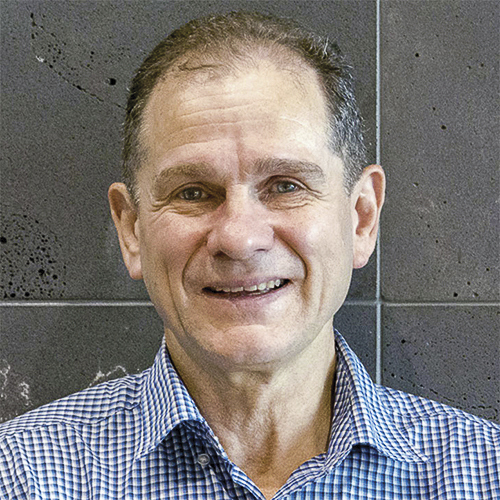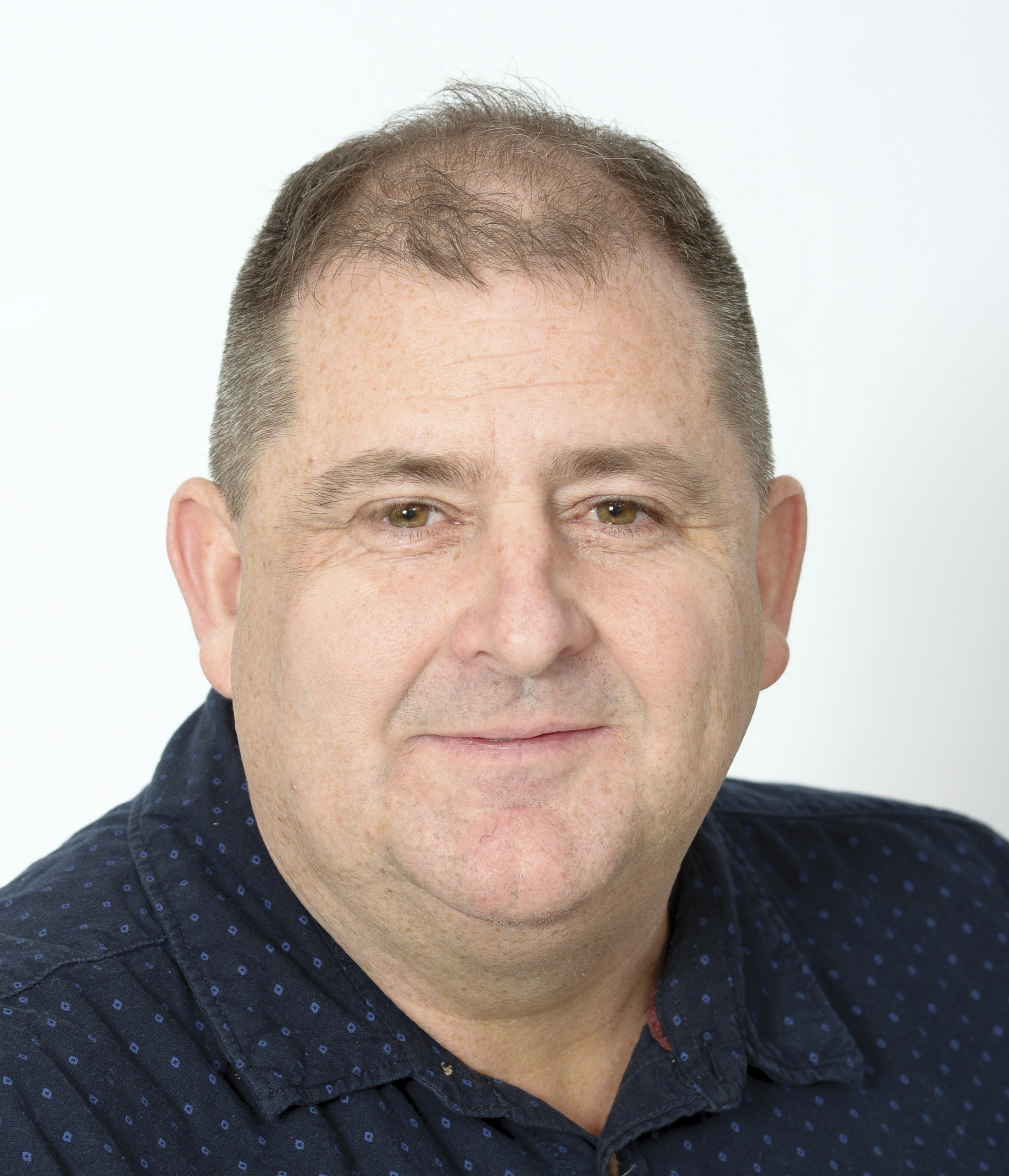 The slow crawl towards a nationalised shared electronic health record (EHR) culminated in My Health Record yet there is still much to be done to ensure the system is adopted and used by clinicians and health care consumers alike.
The slow crawl towards a nationalised shared electronic health record (EHR) culminated in My Health Record yet there is still much to be done to ensure the system is adopted and used by clinicians and health care consumers alike.
Australia’s eHealth odyssey
The journey of the Australian nationalised shared electronic health record (EHR) began in the last millennium with the establishment of the National Health Information Management Advisory Council (NHIMAC) in 1999 to address barriers to e-health, consequently identifying the need for a shared and nationalised EHR system.
NHIMAC formed the National Electronic Health Records Taskforce which subsequently released the Health Information Network for Australia report in 2000, which proposed the HealthConnect project.
The first stage of HealthConnect began in 2001 with the development of the Better Medication Management System (BMMS), a nationalised electronic medical record that linked prescriptions, prescribers and pharmacies, later rebranded as MediConnect.
In 2005 the National E-Health Transition Authority (NEHTA) was formed to lead Australia into the future of eHealth by developing standards, specifications and infrastructure required for a digital health sector.
The Northern Territory Department of Health launched the EhealthNT Shared Electronic Health Record in 2005, now called the My eHealth Record (NT).
NEHTA commissioned the Boston Consulting Group to report on the agencies’ progress in 2007. The report’s findings recommended, among other adjustments, further stakeholder engagement and an organisational restructure with a clinical unit.
In 2008, the Australian Health Ministers Advisory Council commissioned a nationalised eHealth strategy based on of NEHTA’s progress. Deloitte delivered a national strategy in the same year, recommending a nationalised electronic health record system to be formalised.
The Personally Controlled Electronic Health Record (PCEHR) was announced as part of the 2010/11 federal budget by the then Labor Government.
By 2012, the PCEHR was launched and seven months later NEHTA claimed 56,000 individuals, 1171 health care organisations and 1325 individual practitioners had registered.
In 2013, the Practice Incentives Program eHealth Incentive (ePIP) was established to encourage general practices to upload patient shared health summaries.
It was reported that almost A$1 billion was spent on the PCEHR by 2015.
In 2016, NEHTA was renamed the Australian Digital Health Agency (ADHA) and the PCEHR renamed My Health Record (MyHR).
Another national digital health strategy was developed by ADHA in 2017, which recommended the delivery of MyHR to every Australian by 2018 – unless they opted-out.
In January 2019, MyHR was delivered to all Australians who chose not to opt-out. In the same year, the PCEHR/MyHR systems were reported to have cost almost A$1.97 billion.
Between March and December 2019, there was a total of 22.68 million records, more than 90% of Australians; half of the records were empty. ADHA reported GPs were uploading between 2 million and 3 million documents each month by the end of 2019, while also reporting more people had opted-out than the number who had checked their MyHR.
Issues with interoperability
The benefits of EHRs, when effectively implemented, can be enormous: reducing medication errors and patient misidentification, breaking through interoperability barriers, simplifying and unifying administration burdens.
Yet, like so many aspects of information and communications technology in health care, the conceptualisation may be evidence-based with clear use-cases, while implementation can be chaotic, especially from a cost perspective, as evidenced by the MyHR.
Project delivery delays and cost blow outs can be forgiven if the use-case of the specific technology is demonstrable and the opportunities of engagement are overt; MyHR satisfies the former, the latter is questionable.
The benefits of using MyHR have been obfuscated by the difficulty of using it with an added complexity for clinicians and supporting staff around data entry, extending already stretched workflows.
Interoperability is something of a given for most individuals and industries in the age of artificial intelligence, 5G and the Internet of Things, yet it does not come easy to the health care industry where information silos dominate. This goes a long way in explaining why MyHR has struggled with wide-scale adoption by clinicians.
Dr Nathan Pinskier has a unique perspective. He was a clinical lead in NEHTA from 2008 and is currently a strategic clinical advisor at ADHA. He was the former chair of the RACGP Expert Committee Practice Technology and Management.

Although there may be a broader understanding of electronic health records in 2020, back in 2008 they were practically unheard of, Dr Pinskier says.
“I don’t think there was a strong view or understanding, certainly in the general practice community, of what a national electronic health record might look like. We were still grappling with the basics of having local electronic health records.
“Most clinicians understood that you could record some clinical information, generate a referral, receive some correspondence and write prescriptions. That’s what we understood electronic health to be.
“We didn’t really understand the concept of silos in health care and the requirement or the potential to aggregate data, interconnectivity or interoperability. Those terms just did not really exist on the national landscape at a clinician level.”
For clinicians and consumers to fully embrace MyHR, the interoperability barrier will need to be addressed, just have other services that consumers use online.
“The consumer now expects to access everything online, whether it’s financial transactions or social interactions,” says Dr Pinskier.
“People, reasonably, have started to expect the same type of transactions and capabilities to exist in health care, but, unfortunately, health care was never really designed to deliver that sort of capability.”
Interoperability may be a substantial barrier but so, too, are the norms surrounding the use of records in health care.
“If you ask the average clinician about patient records, they would say, ‘my notes are for my personal use to provide care to my patients and not something that I share with them’, and they certainly wouldn’t share records with other health care providers other than through a direct communication,” he said.
According to Dr Pinskier, the proposition of a nationalised shared health record is not the problem, rather the benefits have not been tangibly demonstrated for the end users.
“The implementation of My Health Record has been done in a way which has not readily engaged clinicians around usability.”
Ease of use is fundamental to engagement, especially in a voluntary system. Users will trial it but if it is too difficult to use, they’ll avoid it, which is the current challenge the MyHR faces.
“If it’s not easy to use and doesn’t fit into your workflow or it’s a burden or an extra mouse click, clinicians won’t embrace it, won’t use it, and won’t see the value in it,” he said.
“The shared health summary creates an impost because it’s an additional document that’s not part of the normal workflow and the consultation. The other dilemma is clinicians are generally not sending electronic messages out anyway.”
Dr Pinskier is keen to highlight the importance of feedback from clinicians who have used MyHR, as this is fundamental to understanding its limitations and benefits.
“The real stories come when we go into people’s practices and see what and how things are being done on the ground. Unfortunately, we don’t hear those stories often enough.
“If there are things that you want to work better, call it out. If you think it’s worthwhile and you want to make it work, and there’s a problem, call it out. Speak to someone. Whether it’s the ADHA, RACGP or the AMA, call it out, make sure it gets taken up as an issue and gets resolved.”
To encourage general practices to use MyHR, the Federal Government rolled out the Practice Incentives Program eHealth Incentive (ePIP) program which offers up to $50,000 a year, (maximum, $12,500 per quarter) for uploading 0.5% of their patients’ shared health summaries.
Although the ePIP resulted in a plethora of records being uploaded, the program incentivised quantity rather than quality.
“The problem with ePIP was the government decided to implement a volume process, a mandate for a certain quantity for each practice to upload,” Dr Pinskier said.
“The RACGP didn’t think this was a very sensible thing to do; practices just uploaded anything, rather than uploading the right information for the right patient.”
While the quality of the shared health summaries in MyHR is a problem, so is the policy and design limitations of the system, and the methodology used.
“There’s no technical constraint for anybody uploading a shared health summary, and that’s a problem in itself. There’s also no model that suggests it’s a good thing to upload on a regular basis, rather than the practice participating as it receives funding from it.”
My Health Record certainly has its failings and frustrations, yet for someone who has been involved for over a decade with NEHTA and ADHA, Dr Pinskier still believes in the concept of a nationalised EHR system.
“Was the original idea a good one? Does still stand up today? The answer is yes. Was the technology that we used at the time, the right technology? Maybe, maybe not. Do we have better technology today? Yes.
“In 10 years, is it likely that the health care technology will be compatible? The answer is no. We need to think about what we are prepared to reinvest in redesigning My Health Record with new technology.”
Eventually, says Dr Pinskier, the decision to move towards a more usable system will come from the people it was designed for.
“We have to decide, as a community, if this is something we think is important, or are we just going to keep living in a sort of a hybrid world of partial paper and disaggregated data?
“That may work for a while but, in the long term, it does affect health care delivery, it does affect outcomes, and we can do better. Are we prepared to accept mediocre or do we want to aim for excellence?”
Upside-down development
While a nationalised EHR is a worthy project to pursue, the redundant standard which underpins MyHR, the Clinical Document Architecture (CDA), raises the issue of its long-term viability.
The CDA standard is the format used for health care documents uploaded to MyHR for interoperability between clinical systems. When the PCEHR was developed, the CDA standard was considered viable, however, the documents are static.
A viable, more dynamic, alternative to the CDA standard exists in Fast Health care Interoperability Resources (FHIR), which if implemented, could unlock the potential of MyHR.
The creator of the FHIR standard, Mr Grahame Grieve, is fully aware of the inherent limitations of the CDA standard and MyHR, as he was one of the architects of the PCEHR systems specifications at NEHTA. Mr Grieve is currently consulting with ADHA on various projects including MyHR.

He said from the technology perspective, it was clear early on that the PCEHR, now MyHR, would not be viable.
“About half-way into the PCEHR development, I realised the program was not going to achieve its stated goals, and 10 years later it has still hasn’t achieved its goals,” he said. “Clinical leads would tell me what they wanted, and I realised I couldn’t achieve that level of sophistication in the specifications that I was writing. Those specifications were beyond the expertise of the average developer and inadequate for the clinical leads.”
When he realised the CDA standard was not fit for purpose, Mr Grieve created the FHIR standard, which could provide clinical leads with what they wanted from the PCEHR. However, the money had been spent and new deadlines had been set, and the FHIR standard was not amalgamated into MyHR.
Yet, the failures of MyHR go beyond the interoperability limitations of the CDA standard.
“Fundamentally, it is a ‘people problem’,” Mr Grieve said. “To get people to agree with each other around the exchange of data. It’s a slow process. To make behaviour changes that align with the infrastructure development is difficult.”
“It’s not just about changing the standard, it’s about sitting back and saying, ‘what do we want to do and how would we achieve what we want to do with a new standard’. The standard enables the discussion, but it doesn’t solve the problem.”
Technical and budgetary constraints are significant barriers to transitioning to FHIR but so is the myriad agreements between states, the Federal Government and health care providers.
“The current arrangements with MyHR were limited by the kind of agreements we could negotiate based on the standards we had,” Mr Grieve said.
“If we simply replace the standards, but don’t revisit the agreement with the participants in the program, we won’t achieve anything.
“We really need to revisit who does what, where, and their expectations of MyHR. Unless we can agree on what we’re trying to achieve rather than merely change the technology, we’ll just spend money without any actual observable outcome.
“My advice to government is, before it spends any money on revisiting the standards, it needs to have made it clear to investors what constitutes a workable agreement among the clinical community.”
To illustrate just how difficult it is to deliver a functional EHR system, observe how different states and territories deal with data.
“During the first implementation, for instance, we were told that we had agreements with the states for the content models, but when we went to implement them, the states said ‘we don’t do things that way’ and that’s why the program has been conservative around changing the technology,” he said.
“First, we need to have an environment where we can decide how we make it worthwhile.”
Rebuild or retire?
With out-of-date standards, lack of clear benefits, a $2 billion bill, and 12 years of development, is it time to ask the question: should the plug be pulled on the MyHR?
According to Mr Grieve, it depends on what is done with the system to improve it.
“I hope, as a political brand, MyHR will continue. But in its current technical incarnation, its architectural approach is doomed. I hope the government will find the money to rebuild MyHR to be more technically capable, deliver clinical outcomes and start being beneficial, so the brand can prosper.
“I fear, if the brand collapses, the government’s interest in infrastructure development projects in health care could collapse and decide that it’s too hard to do.”
Mr Grieve believes in its current iteration, the MyHR cannot claim benefits that are not real.
“It has to deliver those benefits and currently there isn’t a coherent story to tell. They’ve certainly tried to tell the story, but in the end, it’s what makes a difference to people.
“Whether they’re doctors or patients or nurses or health care administrators, what makes a difference to them is services, not data. If the system we have is a data aggregation arrangement that doesn’t allow useful services, then all we will ever be doing is marketing something that’s just not working.
“If it met people’s goals, then the government wouldn’t have to continually push it so hard. It would have significant uptake by itself. The combination of the goals it has and the services it delivers are just not compelling for consumers or clinicians.”
Although Mr Grieve knows the failings of MyHR all too well, he believes it still has potential.
“MyHR is a solution sitting on great infrastructure. Had it been opened to support the country’s general platform infrastructure rather than containing it to only support a particular solution, it would be in a much better position,” he said.
“It was a great investment; the problem was that the government was told this was a solution that they could build rather than an investment stream that they would have to maintain to leverage the benefits of that investment.
“We have some really good infrastructure, we just need the imagination, determination and funding support to actually use the infrastructure we built.”

